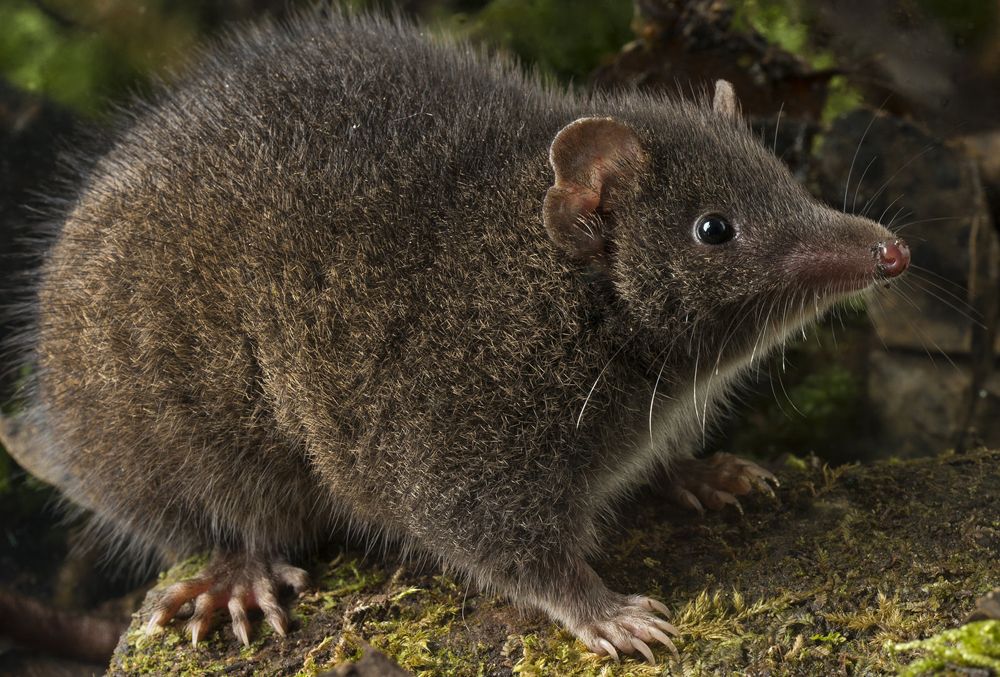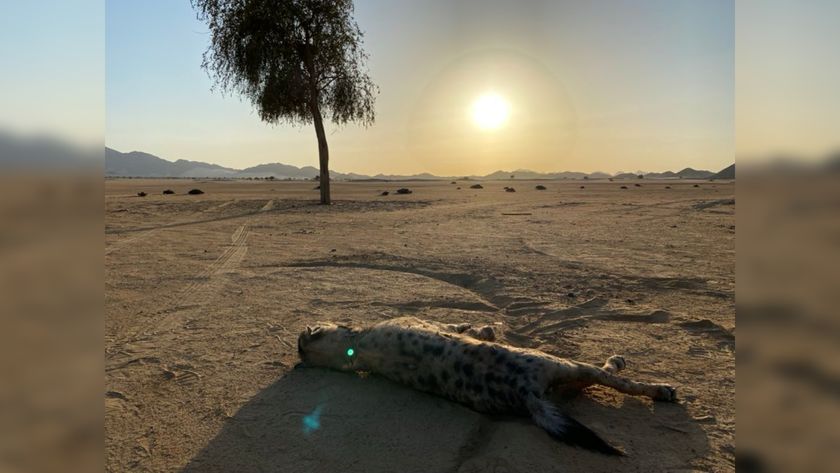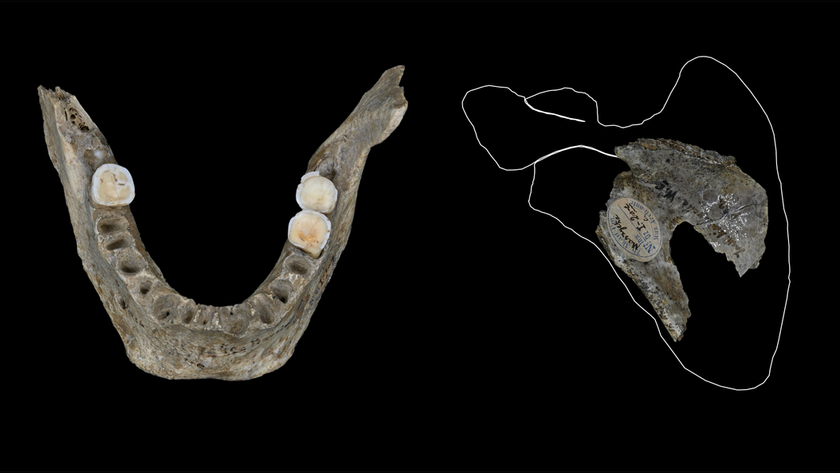Suicidal Sexcapades: 2 Newfound Marsupials Do It to Death

Two chubby marsupial species that would literally die for sex (albeit 14-hour sessions) have been discovered Down Under, researchers now report.
The new species are types of antechinus, a bristly haired, mouselike marsupial that eats meaty meals such as spiders and insects. Every year, antechinus males fight each other tooth and claw so they can have sex with as many females as possible before dying.
After sex is complete, with some sprees lasting as long as 14 hours, stress hormones in males skyrocket, causing their immune systems to collapse, "and they all drop dead before the females give birth to a single baby," lead study author Andrew Baker, a mammalogist at the Queensland University of Technology's Science and Engineering department, said in a statement.
Until now, 10 species of this sex-crazed marsupial were known to science, with the first discovered in 1803. In the past three years, however, scientists have identified five new antechinus species, revealing the genus has more diversity than previously thought. Like the known antechinus species, the two most recently discovered species also spend two to three weeks a year in a testosterone-fuelled mating marathon, the researchers said. [See photos of the antechinus in its native environment]
Scientists found one of the new species, the Tasman Peninsula dusky antechinus (Antechinus vandycki), in the remote areas of southeastern Tasmania. Researchers already knew about the other brown, furry marsupial, but didn't realize it was its own species until now. Now named the mainland dusky antechinus (Antechinus swainsonii mimetes), the newbie lives in parts of New South Wales and Victoria in Australia.
However, A. vandycki faces challenges beyond surviving a mating frenzy: Loggers are tearing apart the animal's habitat and may push the species into a threatened status, the researchers said. Moreover, three of the relatively new antechinus species, including A. vandycki,are also threatened by climate change; feral pests, such as cats and non-native foxes; and habitat loss, the researchers said.
"We discovered the Tasman Peninsula dusky antechinus not far from the old European settlement town of Port Arthur in Tasmania," Baker said in the statement. "Most of its limited habitat falls within state forest, which is being logged.
Sign up for the Live Science daily newsletter now
Get the world’s most fascinating discoveries delivered straight to your inbox.
"This species now apparently only lives in tiny, fragmented stands of intact forest that are under threat," Baker added. "It's a shame that mere moments after discovery, these little Tasmanian marsupials are threatened with extinction at human hands."
In fact, Baker has already tried to place two of the other antechinus species he discovered — the black-tailed and silver-headed antechinus — on the state's threatened species list.
"Both these species are found on remote mountaintops in southeast Queensland," Baker said. "These species have already retreated to their misty mountain summits. In the face of ongoing climate warming, they have nowhere left to run."
The male antechinus' suicidal sexcapades make the animals even more vulnerable to population extinctions, the researchers said.
"This yearly male suicide mission, which halves each antechinus population, means the mums have enough spiders and insects to eat while they raise the next precious generation," he said. "But the future of each species is entrusted to the mothers alone."
In an effort to help the antechinus, Baker is asking that the Tasmanian and Australian governments give the three vulnerable species that are threatened by climate change, feral pests and habitat loss a threatened species listing. The researchers also hope to secure funding to continue to study these sex-mad marsupials.
"Uncovering new mammals in developed countries like Australia is pretty rare, and the fact we've found even more antechinus species hints at the biodiversity jewels still waiting to be unearthed," Baker said.
The study was published online May 26 in the journal Memoirs of the Queensland Museum | Nature.
Follow Laura Geggel on Twitter @LauraGeggel. Follow Live Science @livescience, Facebook & Google+. Original article on Live Science.

Laura is the archaeology and Life's Little Mysteries editor at Live Science. She also reports on general science, including paleontology. Her work has appeared in The New York Times, Scholastic, Popular Science and Spectrum, a site on autism research. She has won multiple awards from the Society of Professional Journalists and the Washington Newspaper Publishers Association for her reporting at a weekly newspaper near Seattle. Laura holds a bachelor's degree in English literature and psychology from Washington University in St. Louis and a master's degree in science writing from NYU.


